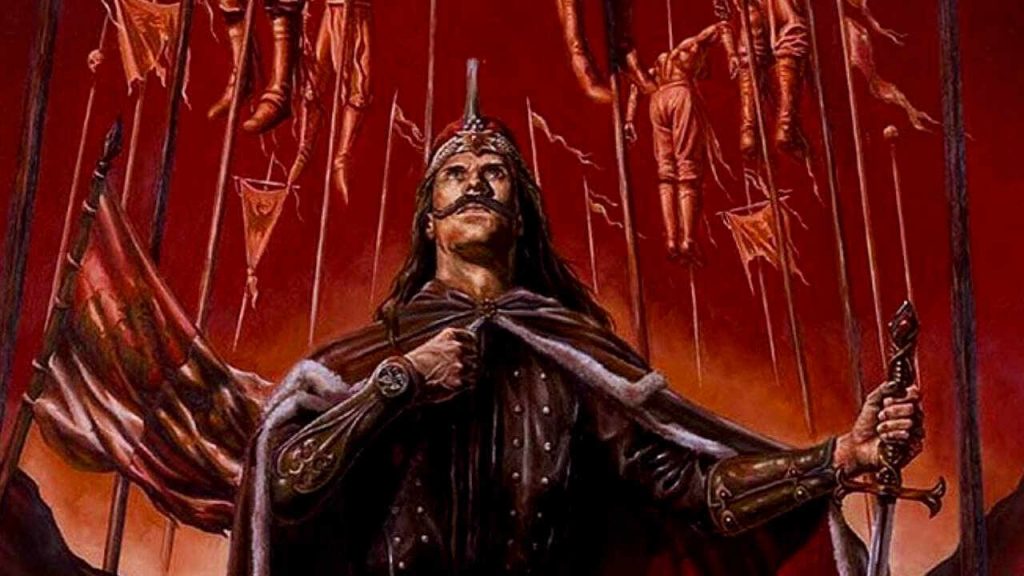
Vlad III Basarab is a cult figure. As a real person, the ruler of Wallachia has gone down in history not only as an iconic political figure, but also as the most popular character in horror films and literature. Nevertheless, Vlad is a rather controversial personality, and there are plenty of controversial stories about his manners and deeds.
Most people know Dracula as a cruel man who inflicted horrific torment on his enemies. However, even though his contemporaries mostly described him as such, they added that he was a just ruler. His exploits in battles against the Ottoman Empire were impressive.
The rise of the Wallachian ruler
The exact date of Vlad Tepis’s birth is unknown. He was born into the family of the Wallachian ruler Vlad II. The approximate date of his birth is in the early 1430s. Some sources say his birthplace was the town of Schaesburg, now known as Sigishoara. Vlad’s childhood took place on Ottoman territory.
The customs of the time demanded that the Wallachian state give its sons to the Ottomans for a fixed period. According to the official version, they were taught martial arts and Ottoman culture. However, this is a rather controversial point, as the children were still prisoners of a foreign country. Some historians claim that Vlad’s life at that time was extremely difficult, which affected his psyche. Others however think that the future ruler felt quite comfortable in the Turkish land.

Cepis’ father was a knight of the Order of the Dragon. He was given the nickname Dracula, and his son inherited it. The nickname given to Vlad the Younger was derived from his favourite punishment which he inflicted on his enemies. Literally the nickname is translated as “the spiker”. This is one of the reasons why Dracula is remembered for his cruelty and thirst for inflicting horrific torment on people.
Aside from the theory that Vlad III’s psyche was shaken while in Turkish captivity, there is another version. Some historians claim that the death of his father and brother at the hands of Hungarian King Janos Hunyadi had a negative impact on the ruler. The event took place in 1447, when Vladislav II, a distant relative of Tepes, ascended the throne.
The Ottomans helped Dracula to take the Wallachian throne in 1448 and he went after Vladislav. But the battle was a losing one for him, from which he fled to his step-uncle Bogdan II. The latter at that time reigned in Moldavia. Vlad stayed with him for some time, and also lived in Transylvania.
Period of reign
In 1456 Tepes managed to raise an army. With it he again began to control Wallachia, and after a while became its full ruler. Thereafter Vlad swore allegiance to the King of Hungary. His residence became Bucharest.
During his reign in Wallachia Vlad was engaged in building fortifications. He also succeeded in bringing order to the country, though he used rather harsh methods to do this. Vlad got even with the unfit boyars by sending them to mass execution. He also imposed restrictions on the operations of foreign merchants.
Despite his cruelty, which was already legendary during Vlad’s lifetime, he stamped out crime in the country and was constantly engaged in charity work. His relatively friendly relations with the Ottoman Empire ended in 1461, when he refused to pay tribute and subsequently destroyed the garrisons on the Danube. As a result, Sultan Mehmed II Fatih’s army retreated.